In The Classroom
Leveraging Technology
In an ever-changing world, it's more important than ever that our students are prepared to bring knowledge and skills to solve problems, make sense of information, and know how to gather and evaluate evidence to make decisions. Explore how technology is helping Northeast students reach this goal and show their mastery of a subject through personalized, creative expression.
Division of Mathematics and Sciences
Biology Department
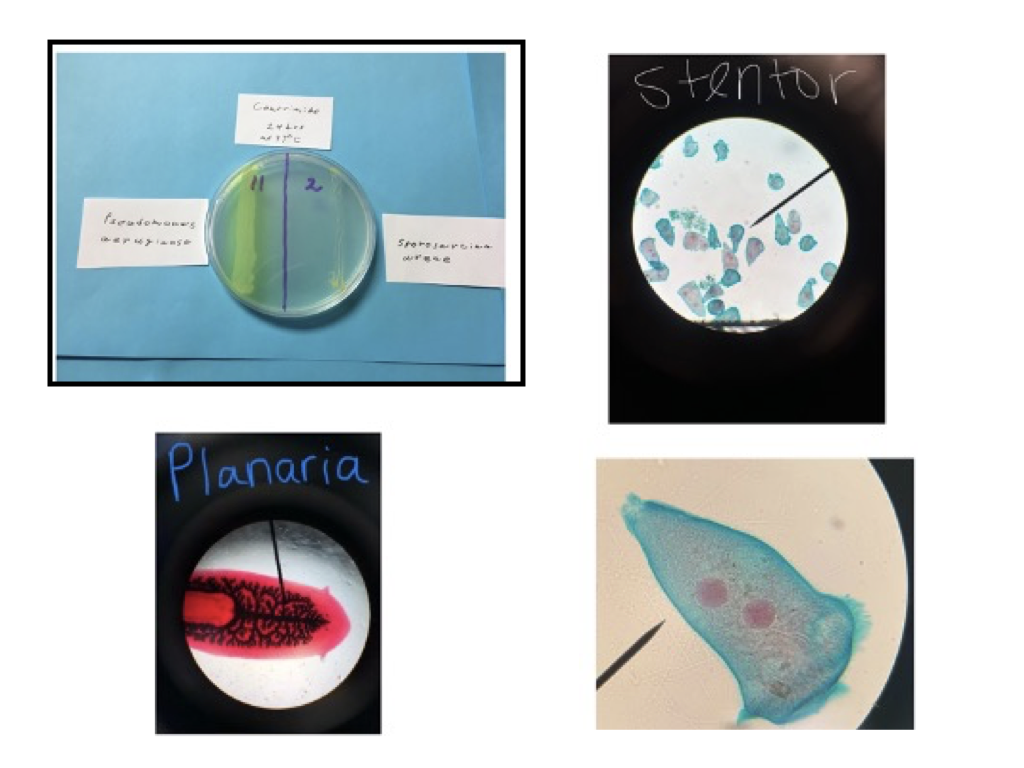 Biology Instructor, Mark Hurley, leverages the built in tools of the iPad in his Biology courses. As his students view microbes and various slides with the microscope during lab activities, they use the iPad camera to takephotos and the markup tools to annotate their pictures. The students can share the photos with one another and with Mr. Hurley. They work collaboratively to create a library of examples, which are then complied and shared within the LMS. In the past, students had to rely on drawings in lab manuals, now they can take pictures of the actual slides. Even more, the iPad allows workflows to keep all images and notes organized and accessible at any time and place. This cooperative and collaborative learning environment helps improve the learning experience and gives students more control over their learning. Instead of working in silos, all students have a collection of images to study and reference throughout the semester that was built for them, by them.
Biology Instructor, Mark Hurley, leverages the built in tools of the iPad in his Biology courses. As his students view microbes and various slides with the microscope during lab activities, they use the iPad camera to takephotos and the markup tools to annotate their pictures. The students can share the photos with one another and with Mr. Hurley. They work collaboratively to create a library of examples, which are then complied and shared within the LMS. In the past, students had to rely on drawings in lab manuals, now they can take pictures of the actual slides. Even more, the iPad allows workflows to keep all images and notes organized and accessible at any time and place. This cooperative and collaborative learning environment helps improve the learning experience and gives students more control over their learning. Instead of working in silos, all students have a collection of images to study and reference throughout the semester that was built for them, by them.
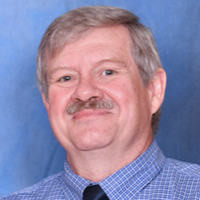 The iPad is a game-changer for collaborations. In lab, students are air dropping their photos to one another and collaborating more efficiently with one another and with me.
The iPad is a game-changer for collaborations. In lab, students are air dropping their photos to one another and collaborating more efficiently with one another and with me.
Mathematics Department
The mathematics department harnesses the iPad for more than solving equations. In Dr. Amy Marolt-Alred's Business Calculus class, students use Keynote to collaborate on the development of a sales pitchpresentation. Students are required to present details of the item, calculate the item's elasticity of demand, and share conclusions that could be drawn from those calculations. Students use the creative tools of Keynote such as the drawing tool and voice recording to develop their projects.
Division of Fine Arts
Dr. Amanda Mattox and Mrs. Claire Leeke leverage the iPad in their Music Theory courses. The Music Theory four-semester course sequence for music majors is very content driven and requires students to build upon previously learned skills. In all sections students use iPad to complete web-based assignments and share performances for evaluations. Through web-based assignments, instructors can build problem sets for students to have ample practice and immediate feedback. The instant response that students receive is invaluable to their understanding and retention of course material, and it is only available because of their access to technology.
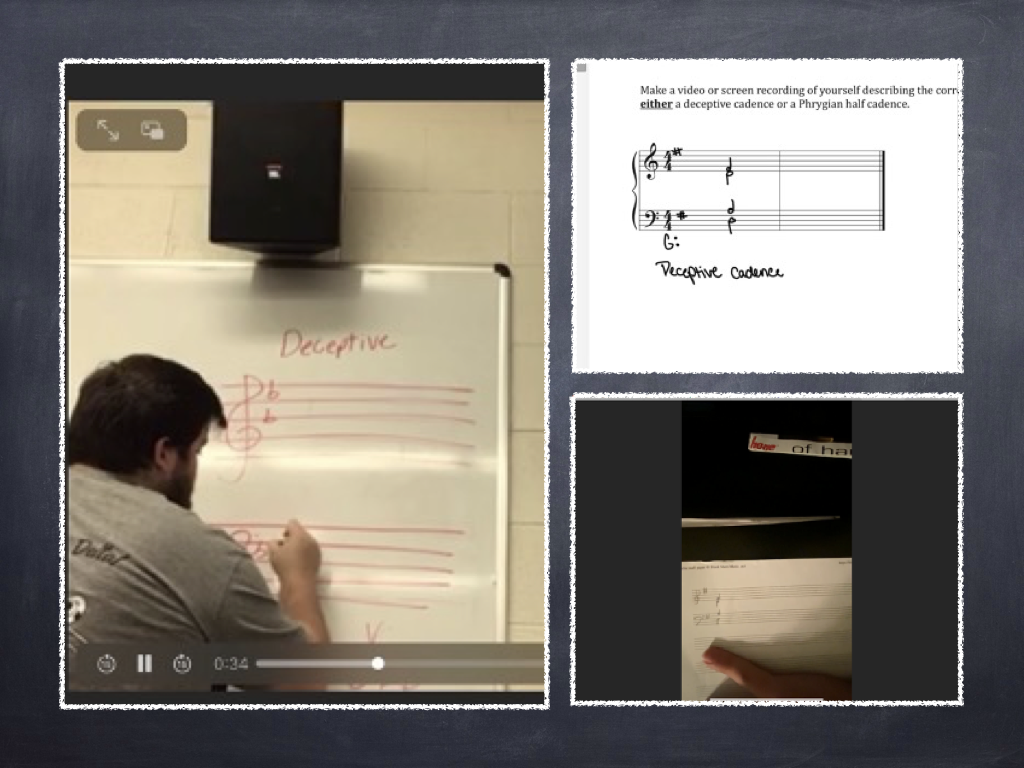 In the lab portion of the course, technology is used to help ensure class time is for instruction rather than for evaluation. Flip Grid is a an app that allows students to submit videos to their instructor. Videos can also be submitted in groups to allow for group learning and discussion. Students use the Flip Grid app on a biweekly basis to submit melodies, rhythms, and other performance-based exercises for evaluation. Prior to the use of this app, class time was used to evaluate these performances. Depending on the class size, the evaluation process could take up a great portion of the class period. When students submit a video in Flip Grid, the instructor is able to evaluate their performance outside of class. There is also an option for the instructor to give written and/or video feedback to the student creating a more personalized evaluation.
In the lab portion of the course, technology is used to help ensure class time is for instruction rather than for evaluation. Flip Grid is a an app that allows students to submit videos to their instructor. Videos can also be submitted in groups to allow for group learning and discussion. Students use the Flip Grid app on a biweekly basis to submit melodies, rhythms, and other performance-based exercises for evaluation. Prior to the use of this app, class time was used to evaluate these performances. Depending on the class size, the evaluation process could take up a great portion of the class period. When students submit a video in Flip Grid, the instructor is able to evaluate their performance outside of class. There is also an option for the instructor to give written and/or video feedback to the student creating a more personalized evaluation.
When asked about technology at Northeast, one student replied, “In our Music Theory class there are many instances where technology makes a difference in our education. Most recently we had an assignment where we were asked to record ourselves teaching how to resolve different chords. While attempting to complete this assignment I noticed I was making a mistake repeatedly. This required me to use problem solving skills and work through my mistake. This assignment helped me to build a strong understanding of the topic.”
Division of Social, Behavioral, and Applied Sciences
Research is commonplace within the Division of Social, Behavioral, and Applied Sciences. In Mrs. Morgan Ricks's US History II course, an honors student completed an oral history project that meets the guidelines of the University of Southern Mississippi's (USM) Center for Oral History and Cultural Heritage. This student scheduled and conducted an interview with a Vietnam veteran, recorded the interview, and transcribed the interview per USM's directions. The final product will enter the Center for Oral History and Cultural Heritage'sarchives for historians to utilize as part of their research. All of this is being done using software on her iPad and/or personal Macbook.
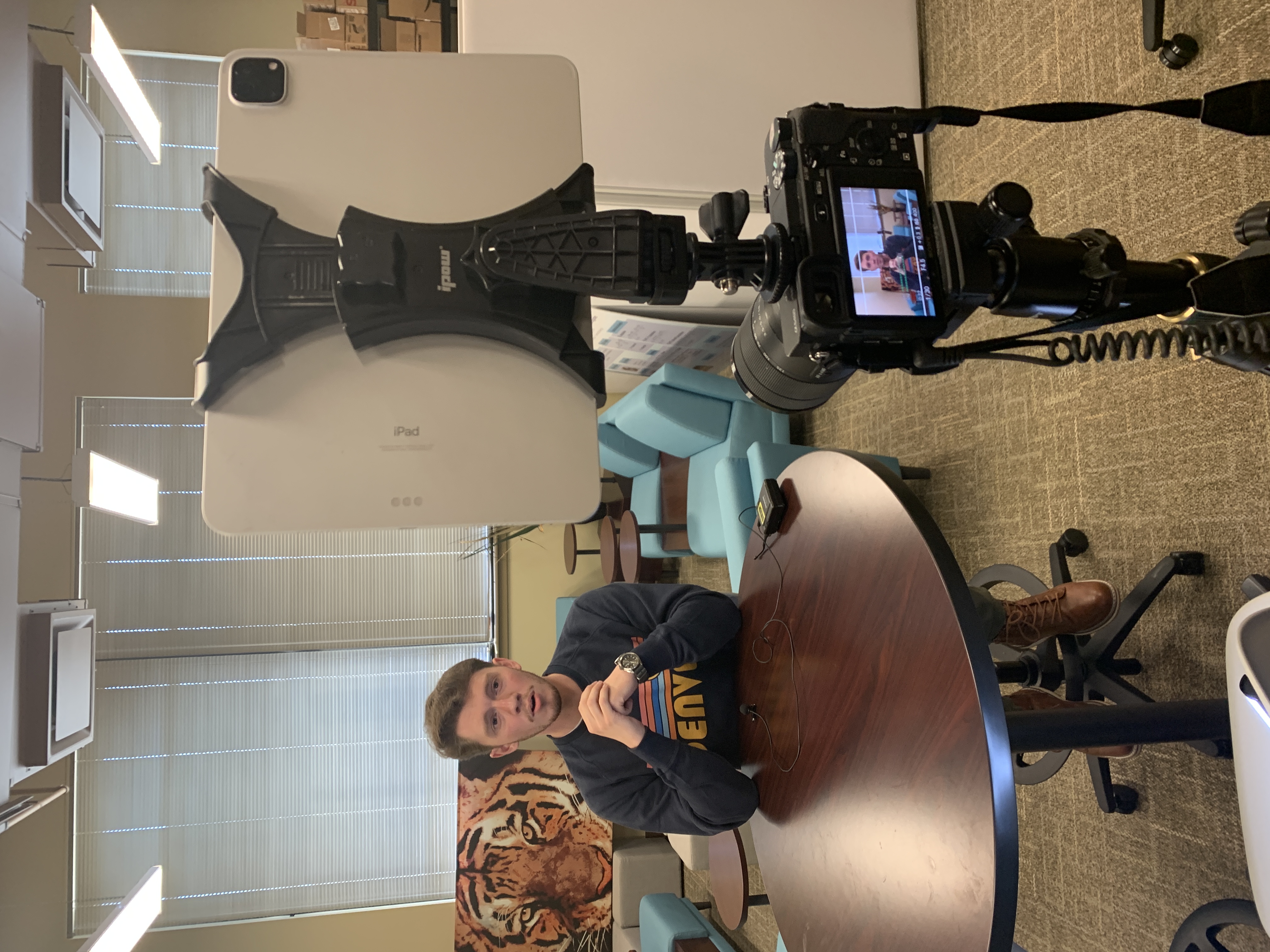 In Dr. Will Bowlin's American National Government course, students submit a review near the end of the semester. The students focus on three key political events and/or policy issues that include sections on American infrastructure, America's role in the world, and the domestic economy. Students may choose to use Microsoft PowerPoint or Apple Keynote to share their research with their voice narrating the project. This open-ended project provides a level of personalization and encourages students to express their interests during their educational journey while maintaining high standards of the course. Northeast's 1:1 initiative ensures that all students have access to the technology needed to satisfy these standards, and support provided by the Northeast Help Desk and Apple CORES encourages students to keep creating and working every step of the way.
In Dr. Will Bowlin's American National Government course, students submit a review near the end of the semester. The students focus on three key political events and/or policy issues that include sections on American infrastructure, America's role in the world, and the domestic economy. Students may choose to use Microsoft PowerPoint or Apple Keynote to share their research with their voice narrating the project. This open-ended project provides a level of personalization and encourages students to express their interests during their educational journey while maintaining high standards of the course. Northeast's 1:1 initiative ensures that all students have access to the technology needed to satisfy these standards, and support provided by the Northeast Help Desk and Apple CORES encourages students to keep creating and working every step of the way.
In Mrs. Chasity Moore's Nutrition course, students tap into the mobility feature of the iPad and use the MyFitnessPal application to collect data on meal choices and determine the impact daily food choices have. Students record everything they eat and drink for three consecutive days. The seamless connection between applications on their smartphone and iPad allows them to track routines on whatever device they have in hand. At the end of the 3 days, students reflect upon their calorie intake, quality of diet, lifestyle factors that influence their choices, and any dietary changes they would like to pursue. This reflective activity teaches students how to use technology to learn more about their health choices and empowers them to learn more about maintaining a healthy lifestyle and balancing school work, job duties, and overall stresses of life.

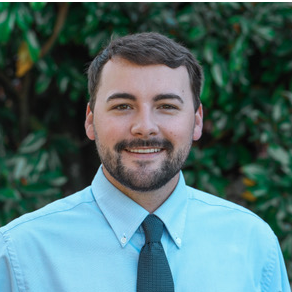
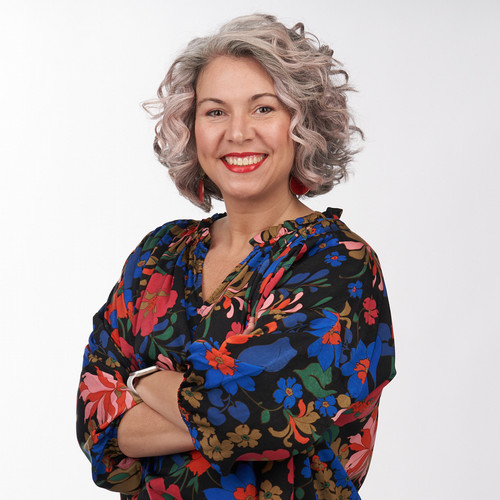 Carlena Benjamin
Carlena Benjamin